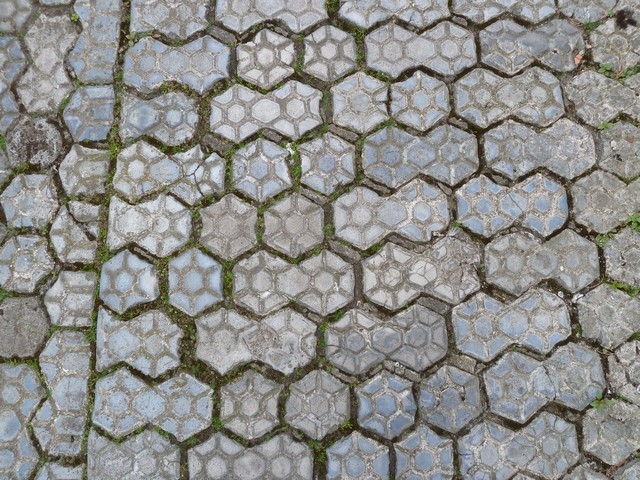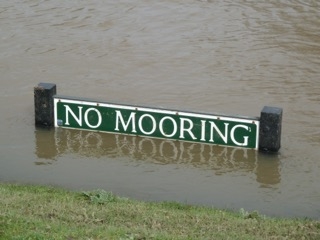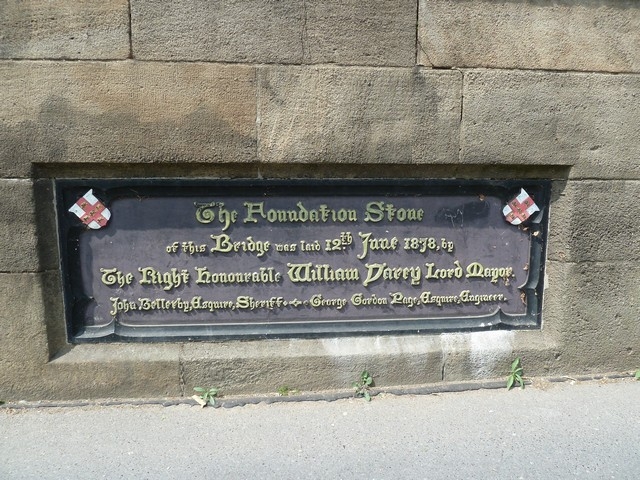



View navigation



 Cherry Hill is also interesting. It was a narrow lane leading from Bishopgate Street to Clementhorpe. Possibly named after the nearby cherry orchard, it was only really developed after 1830, but can still be traced today.
Cherry Hill is also interesting. It was a narrow lane leading from Bishopgate Street to Clementhorpe. Possibly named after the nearby cherry orchard, it was only really developed after 1830, but can still be traced today.






 Skeldergate Bridge pictured from the water in 2018. The small right-hand span is the one that originally opened for water traffic (Photo by John Stevens, May 2018)
Skeldergate Bridge pictured from the water in 2018. The small right-hand span is the one that originally opened for water traffic (Photo by John Stevens, May 2018)